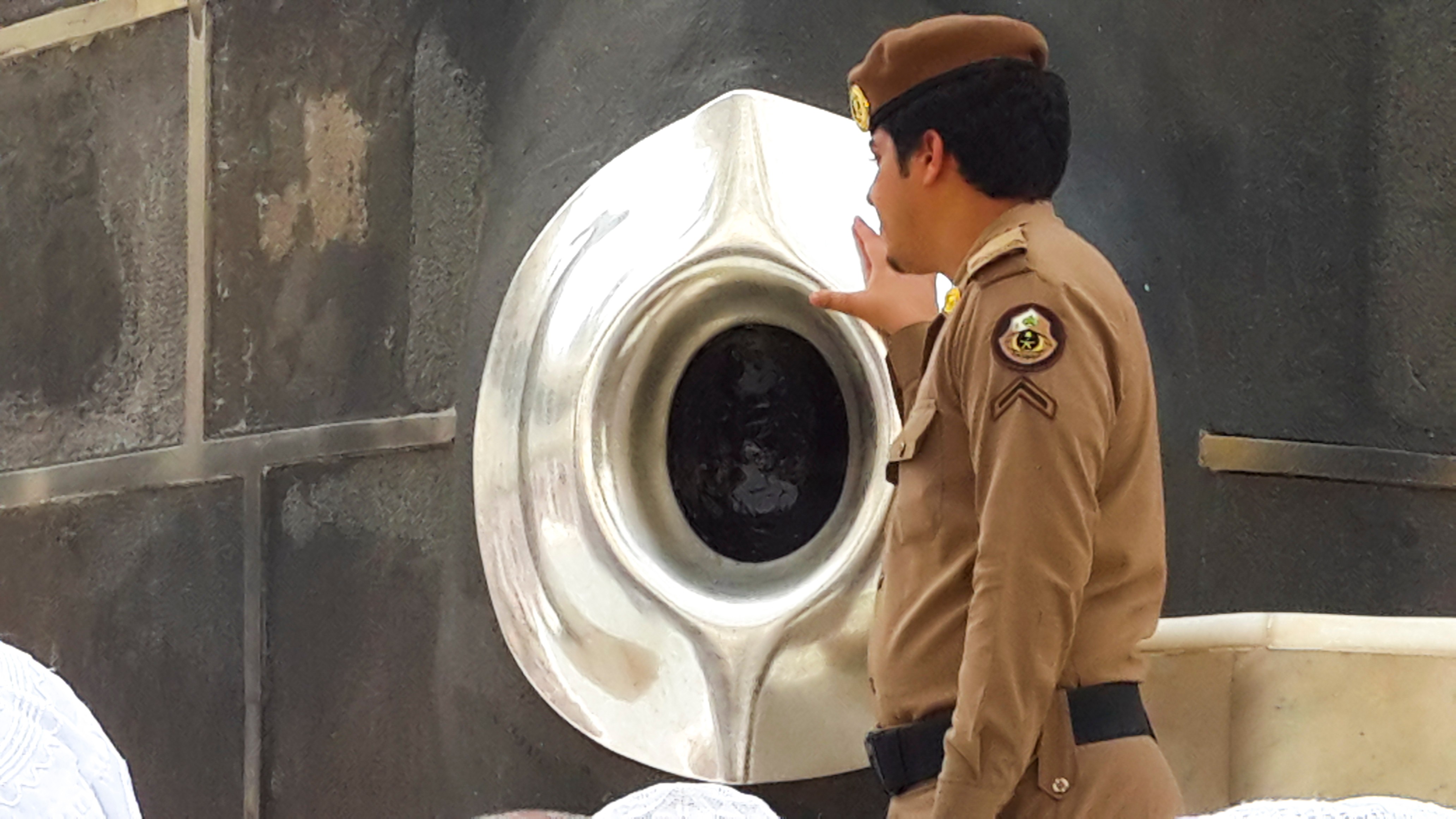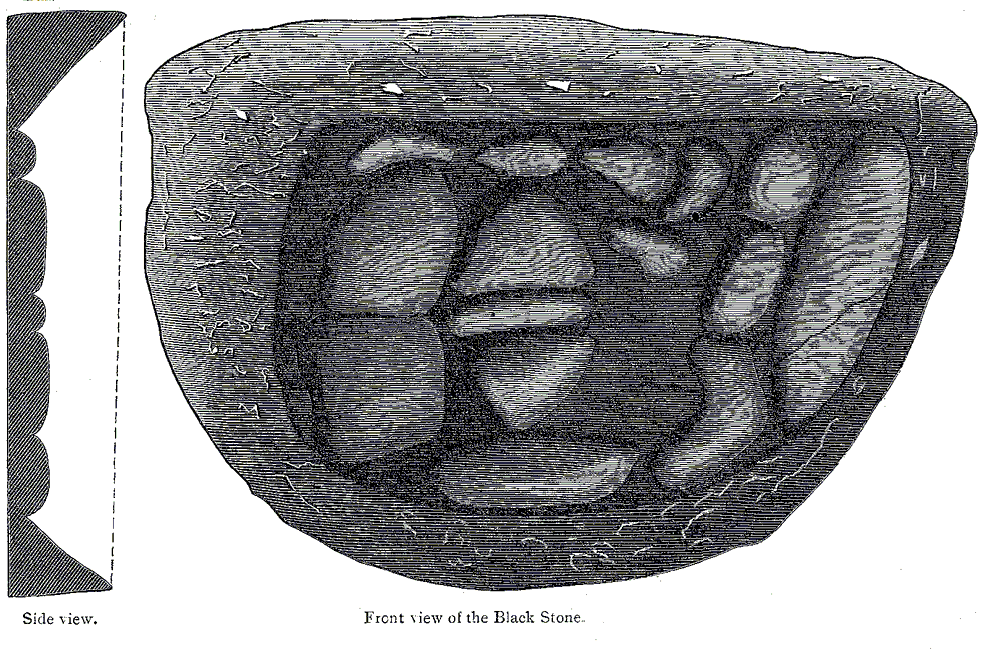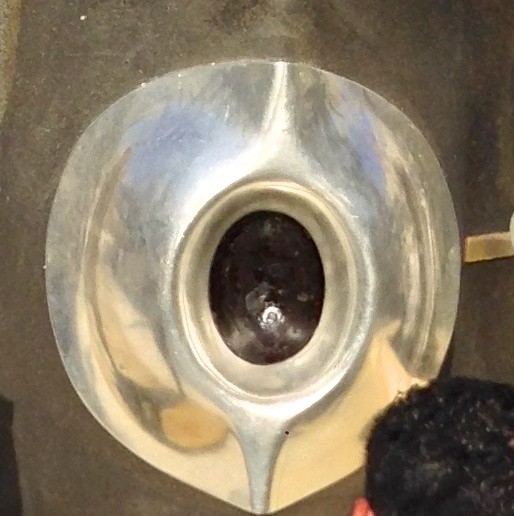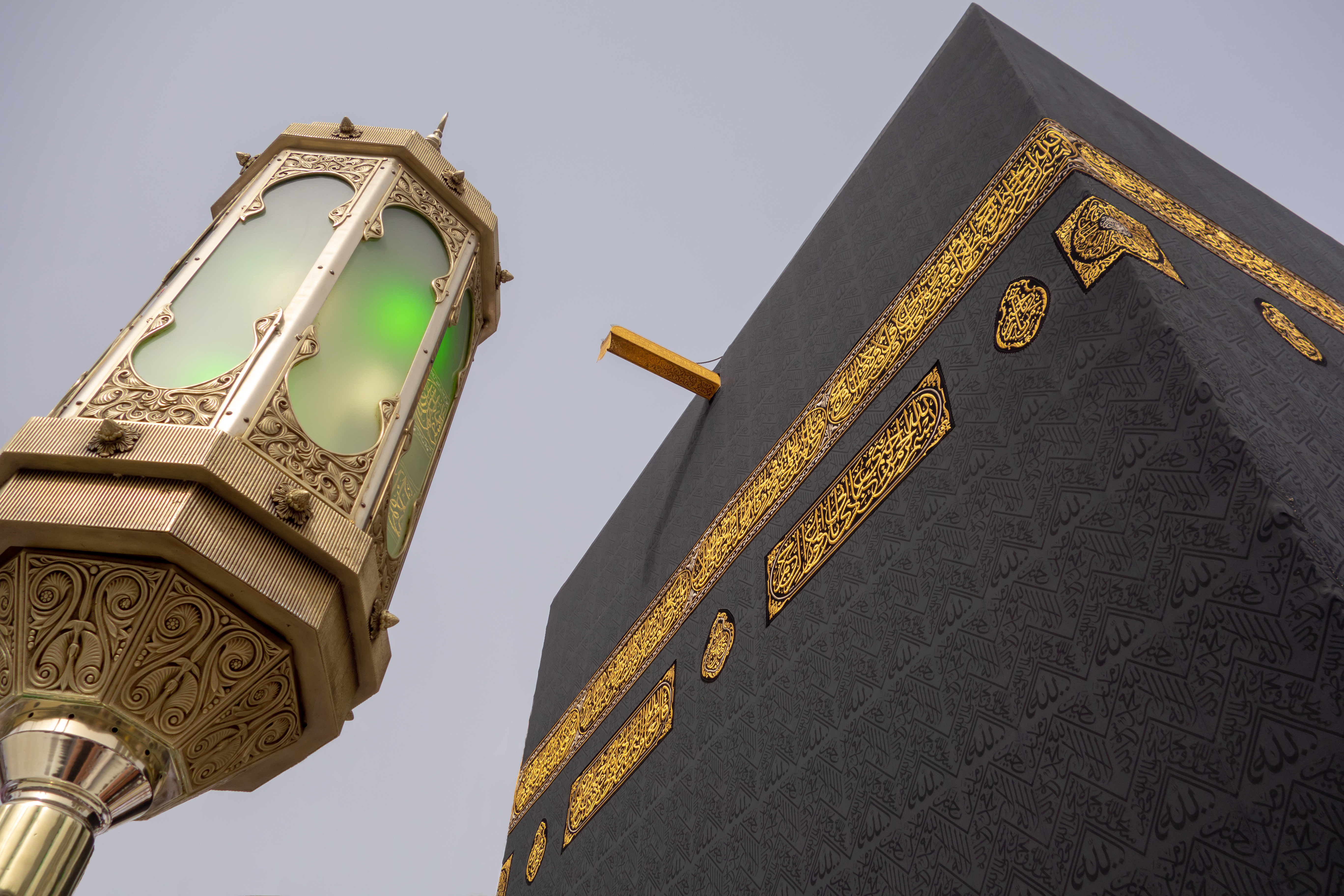“ExHindu” (in response to an explanation regarding the Black Stone) wrote[dead link]:
- Give any explanation you want. I dont buy it. Arabs have been kissing that rock long before Mo[sic]. I call that IDOL Worshipping. You can label me as Islamophobe and I am proud that you give me that label. In the same manner, I anoint you a Hinduphobe.
I find it rather ironic to see someone who uses the moniker “ExHindu” accusing yours truly of being a “Hinduphobe”. After all, what does the use of the Internet username “ExHindu” really signify ? A case of the pot calling the kettle black, we cannot really say.
Nevertheless, I believe that it is time that a response to this rather annoying polemic about the nature of the Black Stone (al-Hajar al-Aswad) and its significance in Islam by those who have an axe to grind about Islam (or otherwise known tenderly as the “Islamophobics”) is finally needed.
We will look at the common allegations about the Black Stone and then seek to address the matters concerned, insha’Allah.
Physical Description of the Black Stone (al-Hajar al-Aswad)
First, we shall describe the physical nature of the Stone itself. The Black Stone (Ar : ٱلْحَجَرُ ٱلْأَسْوَد, al-Hajar al-Aswad) is built into the Kaaba wall, at the eastern corner of the Kaaba, about 5 ft. above the ground level, not very far from the door of the Kaaba. The Kaaba itself can itself be described as a black box, which Muslims face in daily prayers.

Muslims believe that the Black Stone was originally given to Abraham, who built the Kaaba used the Black Stone as a corner stone for the structure. Abraham and Ishmael taught the early Makkan Arabs monotheism ; after the passing of Abraham and Ishmael, the Makkan Arabs with time regressed into pagan practices including idol worship. They ended up having a pantheon of gods, despite the original message of Abraham and Ishmael which taught the early Arabs to worship God alone (monotheism).
Going back to the Black Stone, it was originally a single piece of rock but todayconsists of three large pieces and several small fragments (in which it was formerly broken) stuck together and surrounded by a large ring of stone, which in turn is held together by a silver band.

Swiss traveller Johann Ludwig Burckhardt visited Mecca in 1814, and provided a detailed description as follows :
It is an irregular oval, about seven inches [18 cm] in diameter, with an undulated surface, composed of about a dozen smaller stones of different sizes and shapes, well joined together with a small quantity of cement, and perfectly well smoothed ; it looks as if the whole had been broken into as many pieces by a violent blow, and then united again. It is very difficult to determine accurately the quality of this stone which has been worn to its present surface by the millions of touches and kisses it has received. It appeared to me like a lava, containing several small extraneous particles of a whitish and of a yellow substance. Its colour is now a deep reddish brown approaching to black. It is surrounded on all sides by a border composed of a substance which I took to be a close cement of pitch and gravel of a similar, but not quite the same, brownish colour. This border serves to support its detached pieces ; it is two or three inches in breadth, and rises a little above the surface of the stone. Both the border and the stone itself are encircled by a silver band, broader below than above, and on the two sides, with a considerable swelling below, as if a part of the stone were hidden under it. The lower part of the border is studded with silver nails.
Burckhardt, Johann Ludwig (1829). Travels in Arabia, Comprehending an Account of Those Territories in Hedjaz which the Mohammedans Regard as Sacred. Henry Colburn, New Burlington Street. p. 250
It was narrated that Ibn ‘Abbaas said : The Messenger of Allah (peace and blessings of Allah be upon him) said : “The Black Stone came down from Paradise.“
Material of the Black Stone
The material of the Black Stone has not been precisely determined. It is sometimes classified as lava and sometimes as basalt. The reason for this difficulty is that its visible surface is worn smooth by hand-touching, etc.

Some Islamophobes have begun a baseless attack on the appearance of the Black Stone by alleging that it looks like a vagina in order to insult Muslims. The silver frame around the Black Stone were for centuries maintained by the Ottoman Sultans in their role as Custodian of the Two Holy Mosques. This silver frame is a modern addition and the structure look doughnut shaped as a result. The frames wore out over time due to the constant handling by pilgrims and were periodically replaced.
It is reported that when the Prophet Muhammad(P) entered the city of Makkah as a victorious leader, there were 360 idols around the Kaaba
Thus saying that “Muslims worship the Black Stone as an idol” is clearly the most absurd thing ever pronounced in the history of mankind.
Significance of the Black Stone
From a physical perspective, therefore, the Black Stone does not have any special significance or importance.
Umar(R), later to become the second Caliph of Islam, is reported to have said that he fully realized that the Black Stone was merely a stone and thus had no power of its own to harm or benefit anyone
As for the reasons as to why we have the Black Stone in the wall of the Kaaba, we read about the following reasons, that :
- (a) it symbolizes the starting-point during the circumambulation of the Ka’abah, thus facilitating the remembrance of the number of circumambulations.
(b) at this point, the Muslims, who are close to the Kaaba (during their circumambulation) touch the stone, while those who are away from it, raise their hands towards it, symbolizing the renewal of their pledge of allegiance with the Lord of the Kaaba. In this symbolic expression, the Black Stone is taken as a symbol of an oath on the hand of God.
And with this, it is clear that this baseless assertion of Islamophobes is refuted. And only God knows best ! 
[cite]


